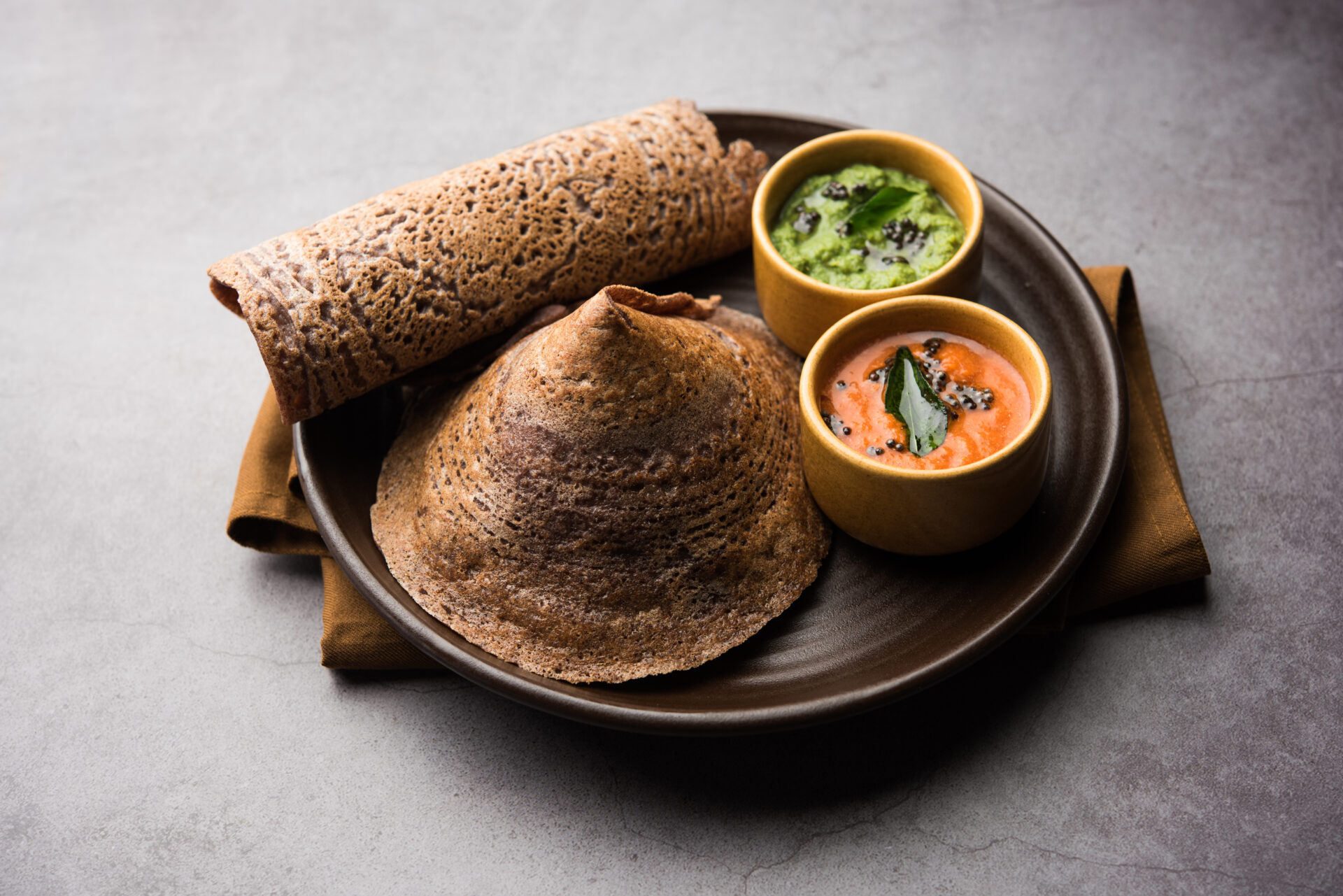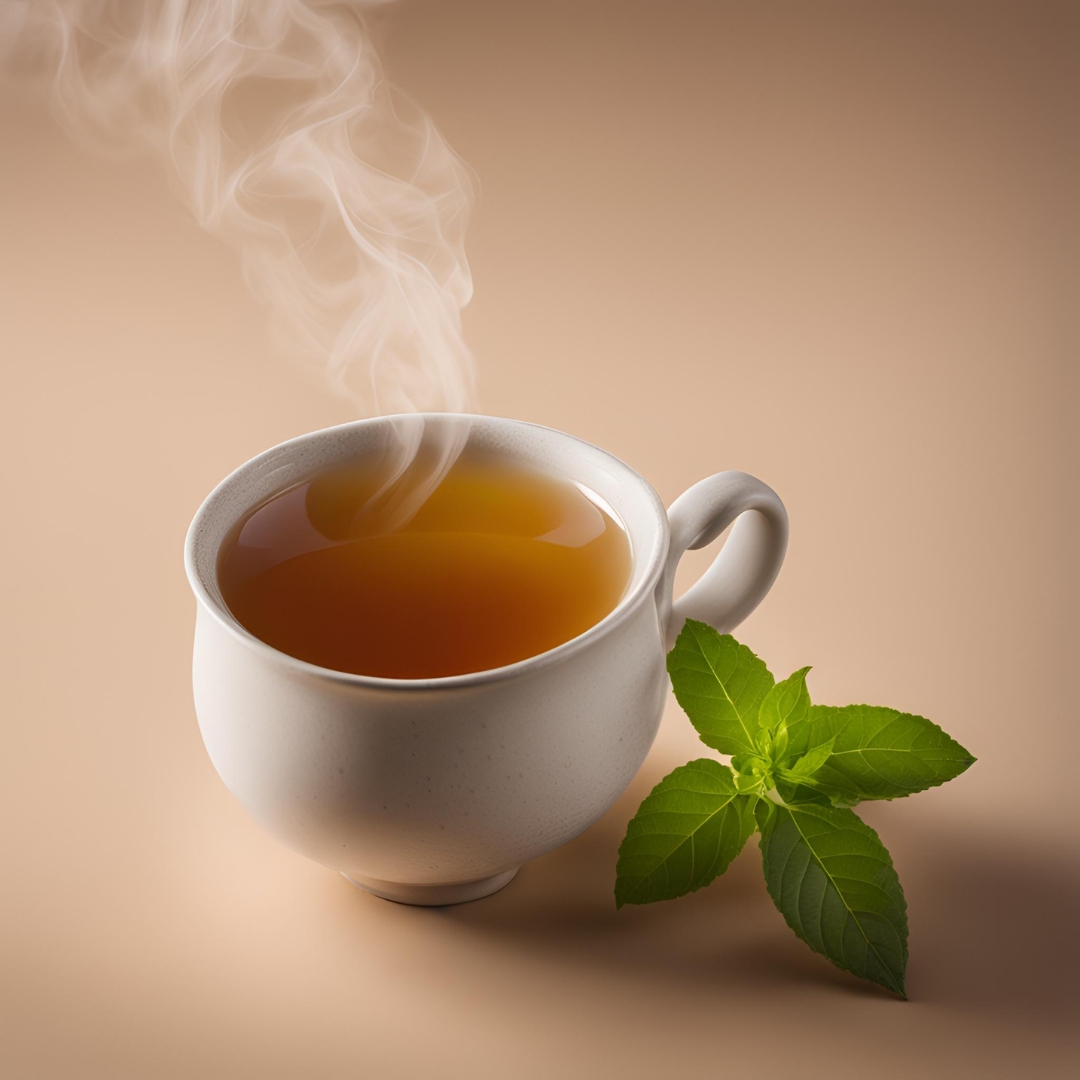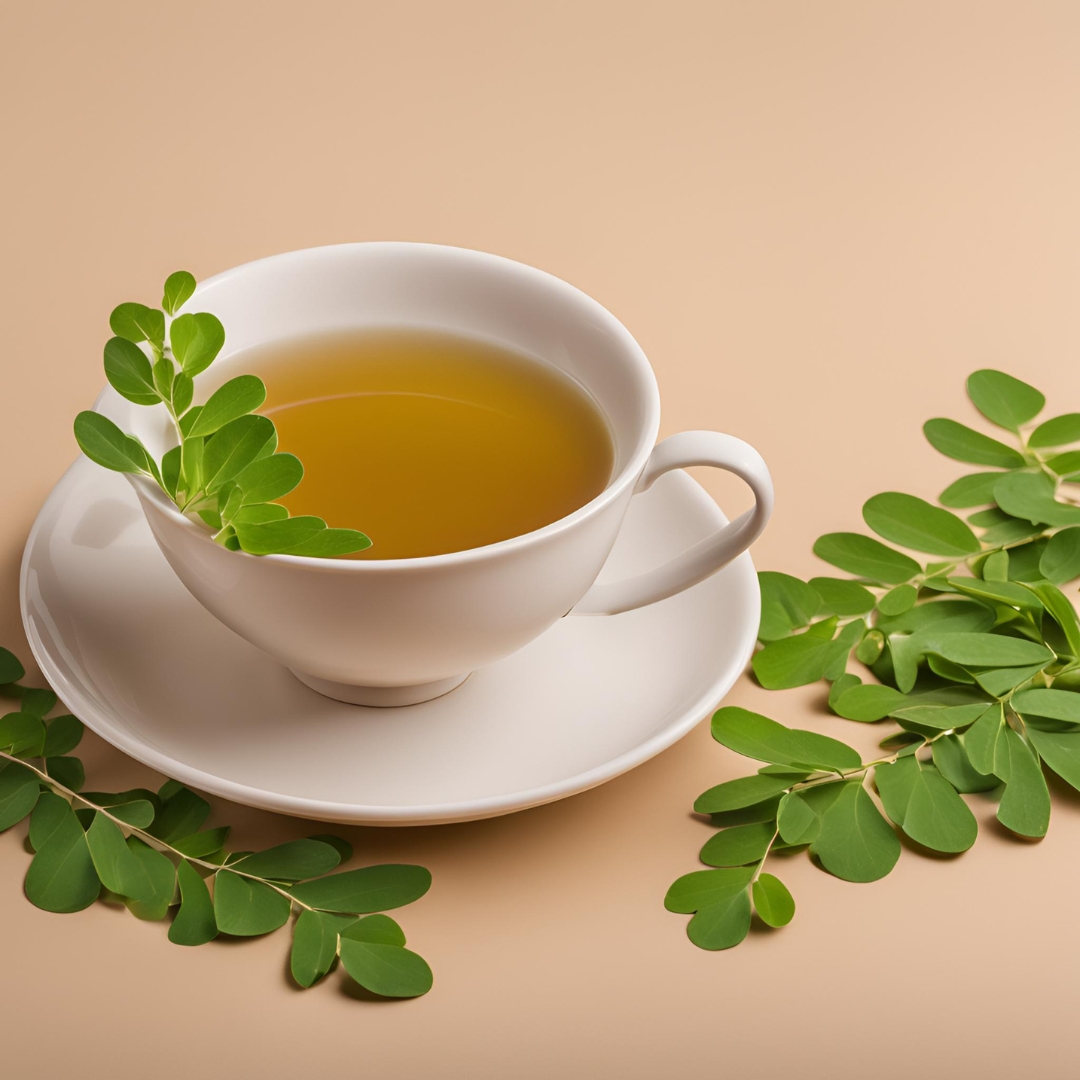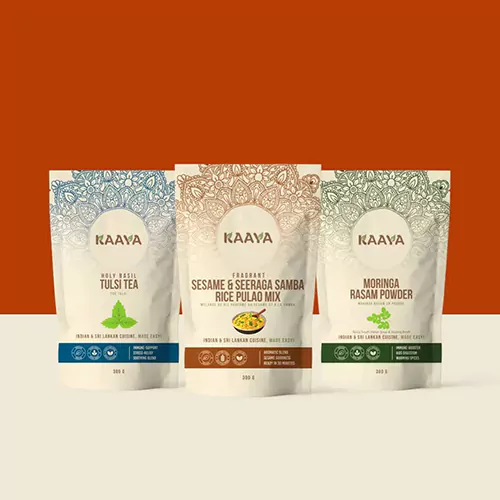Blog
Millet and the International Need

India has resurfaced as a Global hub in the production of Millet. Rightfully so, millet is grown across the globe and is original to Africa and Northern China. Millet is a grain that comes from small seeded grasses, and has become highly known as of late due to the nutritional value, and the fact that it is rich in proteins and fiber.
According to the United Nations, with the ever growing population, it becomes a challenge to produce resilient cereals and grains that are affordable and nutritious. Millet can change the global situation by helping to end hunger, the grain adapts to climate change and can be considered biodiverse.
In comparison to other cereals, millet is a nutritional powerhouse. It has more iron and calcium, protein and fiber than grains such as Rice and Wheat. In 2018, it was believed due to research that Millet was a good defense against Diabetes. With Diabetes becoming prevalent throughout many countries, it is a necessity to find ways in which to combat illness and diseases such as diabetes.
Another benefit to Millet is that it grows in less than half the time it takes wheat to grow, it requires much less water than Rice does and needs 40% less energy to process. Sounds like a win-win no matter how it is seen.
Millets are not a new grain just coming to be known. It is believed that Millets were some of the first grains cultivated by man. Millet is also one step below quinoa on the nutritional scale, which shows that the healthier grains are worth considering when it comes to making healthier choices.
Millet is actually lesser known as far as meals cooked using millet, but that can change now! Millet may also be known as the main ingredient in bird seed, however, it is also used to make porridges, it is used in the fermentation process of making beer, as well as other fermented products.
In many countries, it is already known as a staple for the diet. As far as taste, millet is considered to be on the sweeter end of the whole grain lineup. It is considered to be close to the taste of corn.
The texture of cooked millet is similar to mashed potatoes, or cooked rice. This would mean that riced cauliflower is likely along the same lines, but not as healthy and not as tasty. There is also a slightly nutty flavor, and the millet will take on and absorb flavors of the sauces or gravies that are used with it.
Millet is often used in porridges for breakfast, a replacement for rice and also as a bulking ingredient in soups, stews and vegetarian patties.
Not only is millet healthy, useful in multiple methods for cooking and foods, it can be stored for much lengthier periods of time. It is an ingredient that appears to be both beneficial and delicious, taking on the flavors it is blended with.











